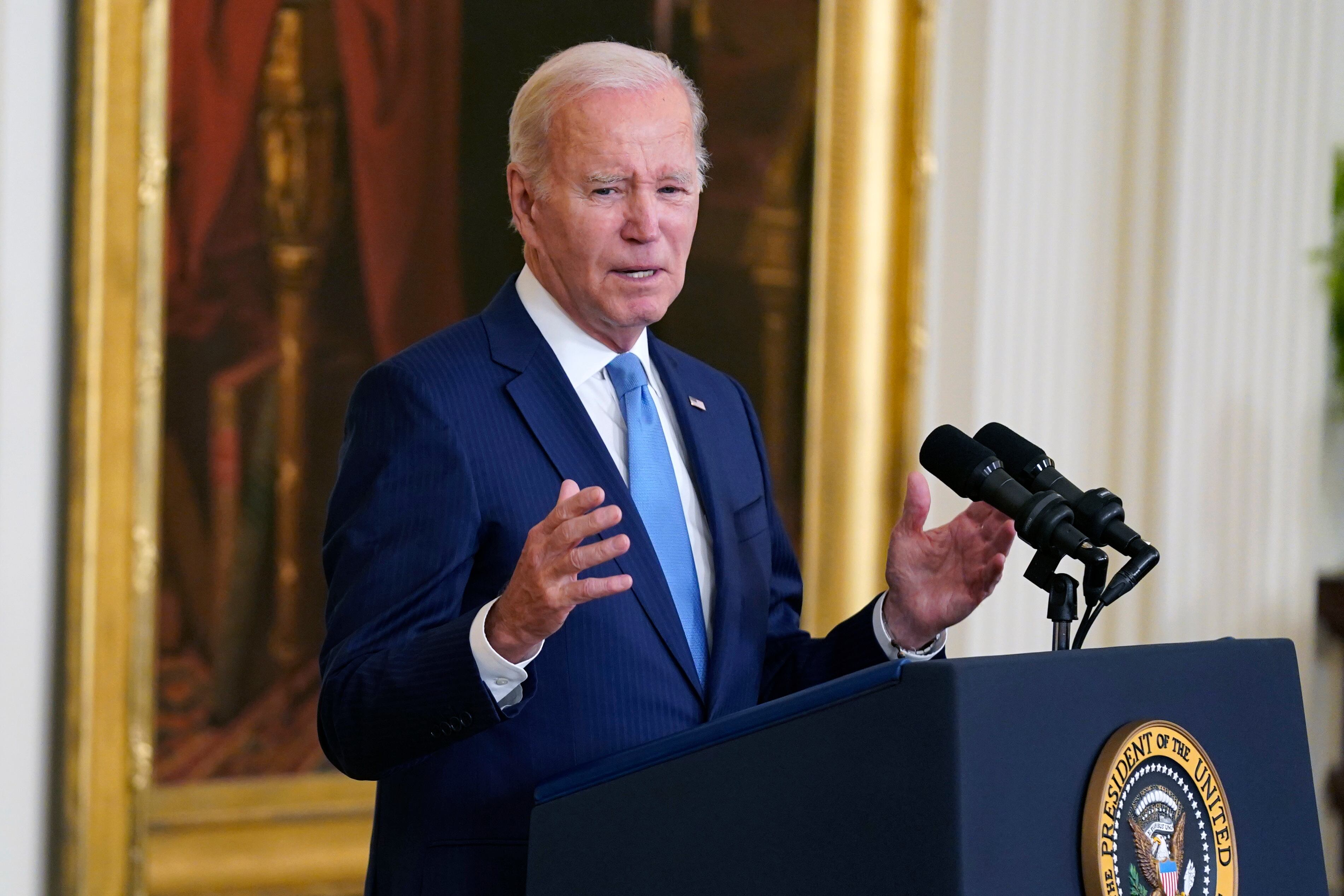The National Weather Service is becoming better versed in foreign languages.
For more than three decades, the unit of the National Oceanic and Atmospheric Administration has been manually translating weather forecasts and warnings into Spanish, which officials say is time consuming and inefficient. Now, to expand its ability to broadcast alerts quickly in other widely spoken languages, the agency is experimenting with AI to automate translations.
RELATED

The five-year contract with Lilt is valued at an estimated $5.5 million, a spokesperson for the machine-learning company said. In addition to Spanish, alerts will be translated in Chinese, Vietnamese and Samoan, with more added later.
“We’ve been training the Spanish model for three years now, and it’s remarkable how quickly Lilt, learned NWS and weather terminology and how few corrections to the translations have been needed,” Monica Bozeman, automated language translation lead with NWS, said in a statement.
In a 2021 request for information, the agency said there was not a nationally supported system to enable multilingual services, and it looked to industry to help provide one. This initiative also helps the agency make good on a 20-year-old executive order to improve access to federal programs for non-English speakers. More extreme weather events driven by climate change make the case for efficient alerts that are often the first or most authoritative source of information for the public.
Last week, a powerful Category 5 hurricane struck the southwestern Mexican coastal city of Acapulco. Just hours before, it was predicted to be only a tropical storm, but it quickly gained strength by the time it made landfall and struck with unusually strong winds, experts told the Associated Press. It shows how quickly a situation can change, and how crucial real-time communication to the public is.
A spokeswoman said weather alerts are especially important for the public to get in an evolving situation.
“We believe that language should never be a barrier to survival,” said Lilt CEO Spence Green in a statement.
On Thursday, the agency unveiled an experimental website that showcases real-time translation of severe weather watches and daily forecasts for certain locations.
About 13% of the U.S. population, or more than 40 million people, speak Spanish as their native language. And as natural disasters have impacted different areas across the country, state and local governments have noticed in their response reviews that getting information to minority communities is a challenge.
In February last year, New York’s attorney general, Letitia James, wrote a letter to Commerce Secretary Gina Raimondo about communication gaps after Hurricane Ida, a category 4 storm, killed 91 people across nine states.

“In the Queens and Brooklyn neighborhoods where most of the deaths occurred as a result of Hurricane Ida, census tract level data indicates that between 40% and 80% of households speak languages other than English or Spanish at home, and nearly all the victims who lost their lives were immigrants from Asia,” she wrote. “Nonetheless the alerts sent via cell phones were only in English and Spanish.”
Bozeman said the pilot reduced the time it takes to translate a storm warning from one hour to fewer than 10 minutes, freeing up forecast employees at the agency to focus on their regular duties. Because the NWS doesn’t have bilingual staff, the new technology could allow the agency to improve its communications quickly without having to hire full-time translators. It also means the technology wouldn’t be replacing any humans, as some AI skeptics fear.
“We look forward to receiving community feedback to ensure that the translations are culturally meaningful and understandable,” she said.
NOAA is seeking public comment on the initiative through Sept. 29, 2024.
“Getting timely weather alerts ahead of a dangerous storm in multiple languages helps ensure that potentially lifesaving information is available to everyone,” said Rep. Grace Meng (D-N.Y.), a member of the House Appropriations Subcommittee on Commerce, Justice, and Science, in a statement.
The House Appropriations Committee’s 2023 budget included language to support this effort and said it expects the fiscal 2024 budget to include additional funding for this purpose.
Molly Weisner is a staff reporter for Federal Times where she covers labor, policy and contracting pertaining to the government workforce. She made previous stops at USA Today and McClatchy as a digital producer, and worked at The New York Times as a copy editor. Molly majored in journalism at the University of North Carolina at Chapel Hill.
In Other News



